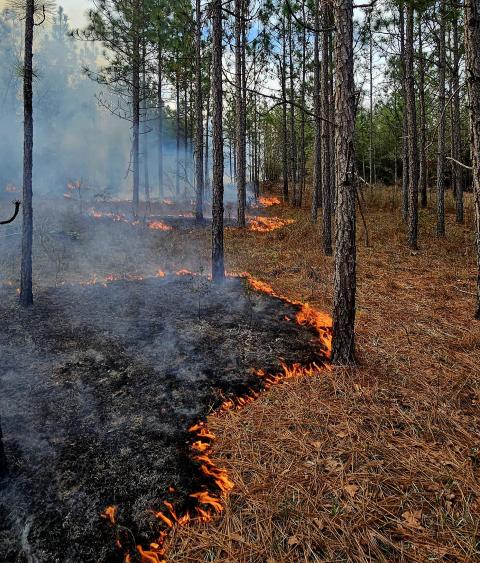Conservation Brief
Study Shows Net Loss of 3 Billion North American Birds
A study published in the most recent issue of Science found that the United States and Canada have had a net loss of almost 3 billion breeding birds since 1970. The research, released in late September, suggests that total breeding bird abundance has declined by 29 percent with more than 90 percent of that loss coming from just 12 families that have been considered common and widespread (including sparrows, warblers, finches and swallows). Of the declines, grassland bird species have declined by 53 percent or about 720 million birds while shorebirds have lost more than one-third of their population and forest birds saw a cumulative reduction of more than 1 billion birds. This is the first study to evaluate the net population changes across a total of 529 breeding bird species in the U.S. and Canada.
“Multiple, independent lines of evidence show a massive reduction in the abundance of birds,” said Ken Rosenberg, the study’s lead author and a senior scientist at the Cornell Lab of Ornithology and American Bird Conservancy. “We expected to see continuing declines of threatened species. But for the first time, the results also showed pervasive losses among common birds across all habitats, including backyard birds.”
The scientists compiled a number of sources of data to develop the findings for the study. In particular, the study uses the data gathered over nearly 50 years through citizen-science efforts like the U.S. Geological Survey’s (USGS) North American Breeding Bird Survey, the Audubon Christmas Bird Count, and Manomet’s International Shorebird Survey. In addition, data from NEXRAD weather radar stations was used to estimate the long-term changes in nocturnal migrations of birds which suggests the volume of spring migration has dropped by 14 percent in just the past decade.
“Citizen-science participants contributed critical scientific data to show the international scale of losses of birds,” said coauthor John Sauer with the USGS.
The study did not evaluate specific causes of declines but suggests that it is likely a result of a wide variety of issues, the proverbial death by a thousand cuts. Habitat conversion to both development and agriculture is generally seen as a primary issue. However, other factors include predation by free-roaming cats, collisions with structures, use of pesticides causing an overall decline in a primary food source, and more. Increasing impacts anticipated from a changing climate could exacerbate these issues.
The authors note that more research would be necessary to pinpoint primary causes of declines for specific species and to identify actions that could be taken to help these species. The study documents how targeted and well-funded conservation efforts worked to increase waterfowl populations by 56 percent over the last 50 years, as well as how regulatory changes like banning DDT and implementation of endangered species legislation helped many raptor species to recover showing a net increase of 15 million birds since 1970.
“The story is not over,” said coauthor Michael Parr, president of American Bird Conservancy. “There are so many ways to help save birds. Some require policy decisions such as strengthening the Migratory Bird Treaty Act. We can also work to ban harmful pesticides and properly fund effective bird conservation programs. Each of us can make a difference with everyday actions that together can save the lives of millions of birds — actions like making windows safer for birds, keeping cats indoors, and protecting habitat.”



